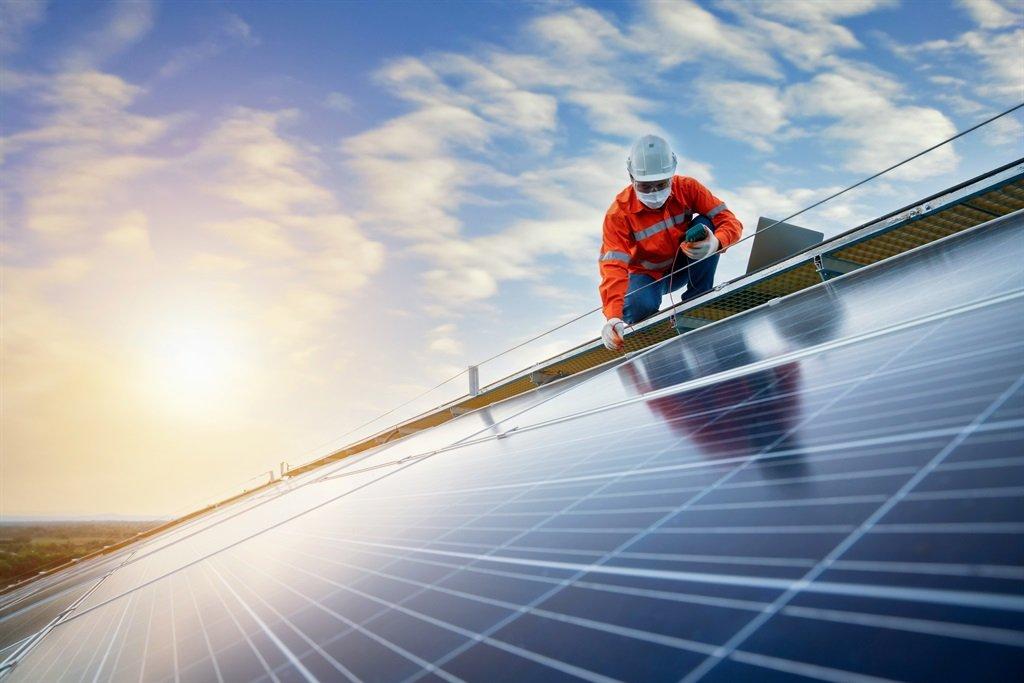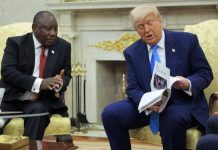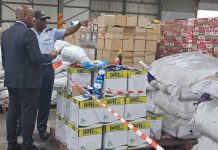Africa-Press – South-Africa. If local solar PV manufacturers are going to make a dent in the market, they’re going to need demand and be able to compete with China, says an industry expert.
Trade, Industry and Competition Minister Ebrahim Patel this week announced that in response to the industry’s request, government had eased local content requirements specifically for solar PV modules (or panels).
Bid Window 5 solar PV projects initially were required to have their solar PV modules 100% locally manufactured, but this has been reduced to 35%. Bid Window 6 projects have a local content requirement of 50%.
Patel said that the exemption was introduced to get power to the grid as quickly as possible to address the country’s energy crisis. However, there are intentions to raise the local content requirements incrementally in future bidding rounds. Developing local industry is expected to drive job growth, strengthen local production and ensure supply chain security.
But this is the sort of ambition that won’t happen overnight, according to Compton Saunders, managing director of wind energy original equipment manufacturer Nordex Energy South Africa. Saunders also has a background in managing solar PV projects.
As it is, the local manufacturing capacity hardly exists.
Patel said that two local module producers – Seraphim Solar, in Buffalo City in the Eastern Cape, and ARTsolar, in eThekwini in KwaZulu-Natal – could benefit from the local content requirements. They would manufacture the components needed for Bid Window 5 of the Renewable Energy Independent Power Producer Procurement Programme (REIPPPP). The programme was kickstarted in 2021 with the launch of Bid Window 5 after being stalled around 2016.
At the height of the REIPPPP, about five local manufacturers were in the solar PV space. They included Jinko, ArtSolar, ILBHelios – now called Seraphim, Sunpower – which was in a position to be manufacturing, and SolaireDirect, according to the South African Photovoltaic Industry Association (Sapvia). PiA Solar, a mounting systems supplier and installer, had also closed down, noted Sapvia.
A key factor in reviving the industry is stimulating enough demand for higher sales volumes, explained Saunders. Government intends to enable this by doubling the procurement in Bid Window 6 from 2 600MW to 5 200MW. The licence exemption on independent power producer projects – mainly for businesses – will also be removed. Government also wants to encourage more businesses and households to opt for rooftop solar PV installations by incentivising them to sell power to Eskom with a feed-in tariff.
Lowering local content requirements for solar PV will help get power to grid quickly – Patel
But even if demand is being created, it will still take time to set up the capacity to respond to that demand while also having to compete with Chinese suppliers, Saunders explained. “With China- from a cost perspective and volume perspective- at this stage, it is very difficult to compete,” said Saunders.
According to the International Energy Agency (IEA) China dominates the global solar PV supply chain after having invested over $50 billion (~R830 billion) in developing supply capacity. This translates to more than 300 000 manufacturing jobs across the solar PV value chains created since 2011, according to the IEA.
Its share in manufacturing components of solar panels is more than 80%. What’s more, China is not just manufacturing to meet its domestic demand – its also meeting demand elsewhere, and this has been instrumental in bringing down the cost of solar PV globally.
Enforcing local content requirements on solar PV modules would come at a cost, and will impact electricity tariffs, explained Saunders. “We need power, but to get power at a low cost of energy, at this stage, we will likely have to import,” Saunders said.
Maloba Tshehla, spokesperson for Sapvia said that the industry body had commissioned a study to determine where it is best positioned to localise the solar PV value chain. The study is meant to inform government policy with empirical data, explained Tshehla. “This work should shed light on current local capabilities and which components can be localised and to what economic development benefit.”
As to whether the exemption would hamper local industrial development, Tshehla said that localisation extends beyond the manufactured components. Localisation applies to the development of the projects and their construction – and would be evident in the local jobs created.
Sapvia is hopeful that doubling Bid Window 6 will help bolster local capacity to execute these projects.
For More News And Analysis About South-Africa Follow Africa-Press






